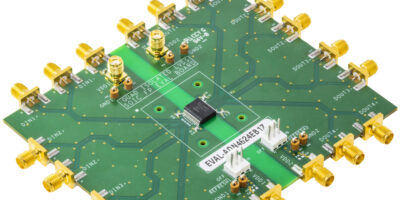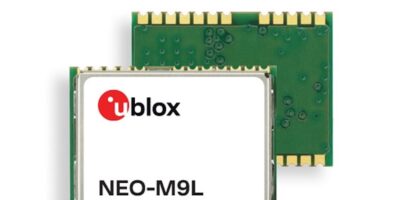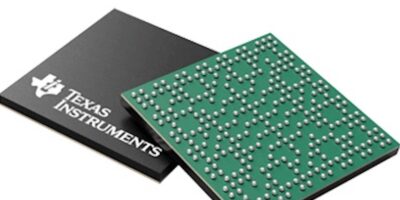The first in a series of iCoupler digital isolators by Analog Devices offers a total bandwidth of 10Gigabits per second. The ADN4624 digital isolator provides four channels at 2.5Gbits per second, allowing data to transfer seamlessly in the electrical domain. It enables new system architectures in digital health, instrumentation and smart industry, says Analog Devices.
The ADN4624 digital isolator streamlines design and integrates isolation for safety or data integrity. At 5.7kV rms isolation and 100 kV/microcsecond CMTI, the compact digital isolator meets medical standards and isolates high fidelity video and imaging links, precision analogue front ends and serial interconnects as an alternative to specialised fibre devices.
According to Analog Devices, the ADN4624 offers simplified connectivity, robust isolation and data integrity in harsh environments. The iCoupler digital isolator provides up to 10Gbits per second bandwidth in a single device. It allows for direct isolation of high-speed serial LVDS or CML at full speed and eliminates the complexity of deserialisation, adds Analog Devices. The ADN4624 enables precision timing with ultra-low jitter to deliver full ADC performance and resolution including precision ADC sampling clocks. Precision timing is less than one picosecond rms random jitter and less than 16 picoseconds skew.
The ADN4624 is available now in a 28-lead SOIC.







